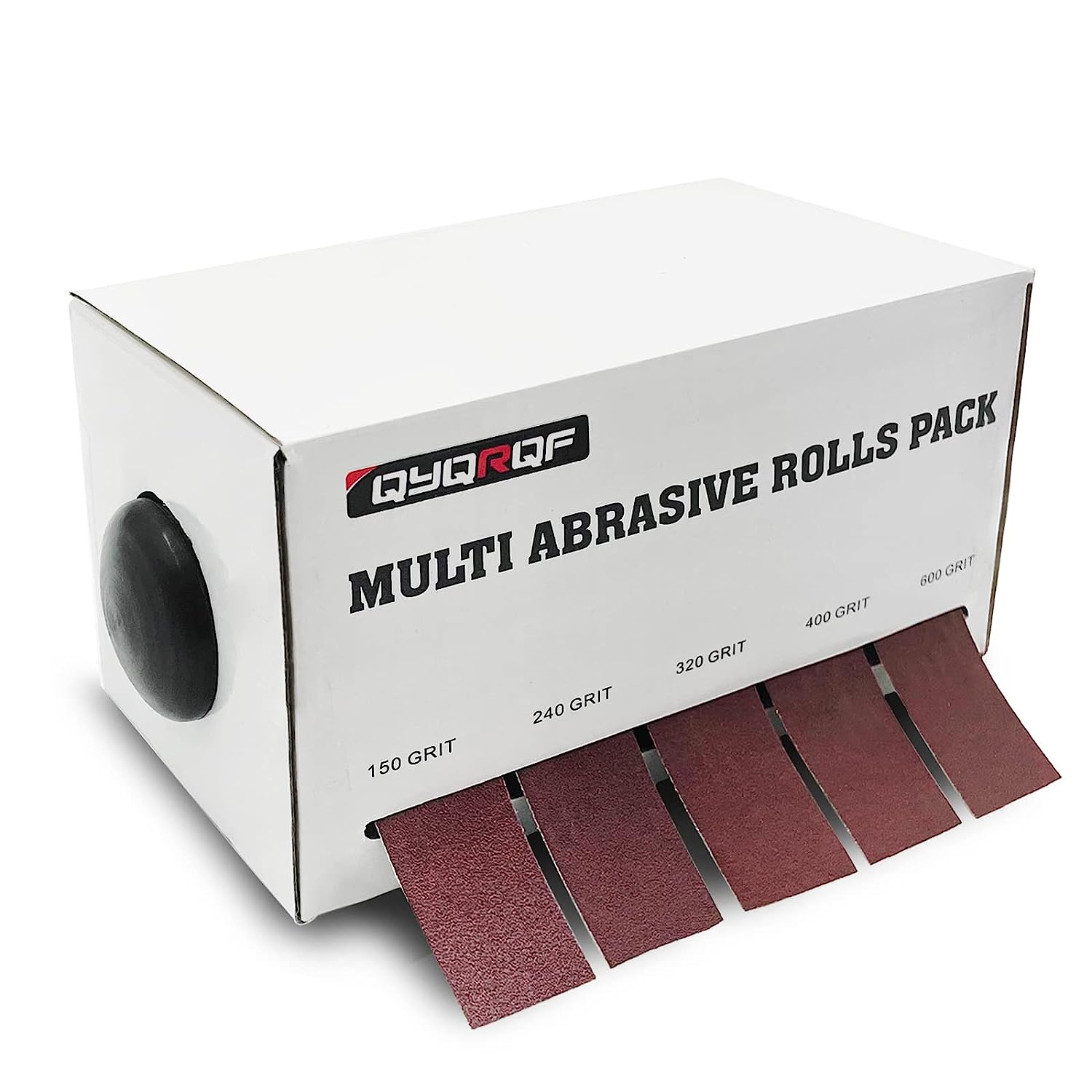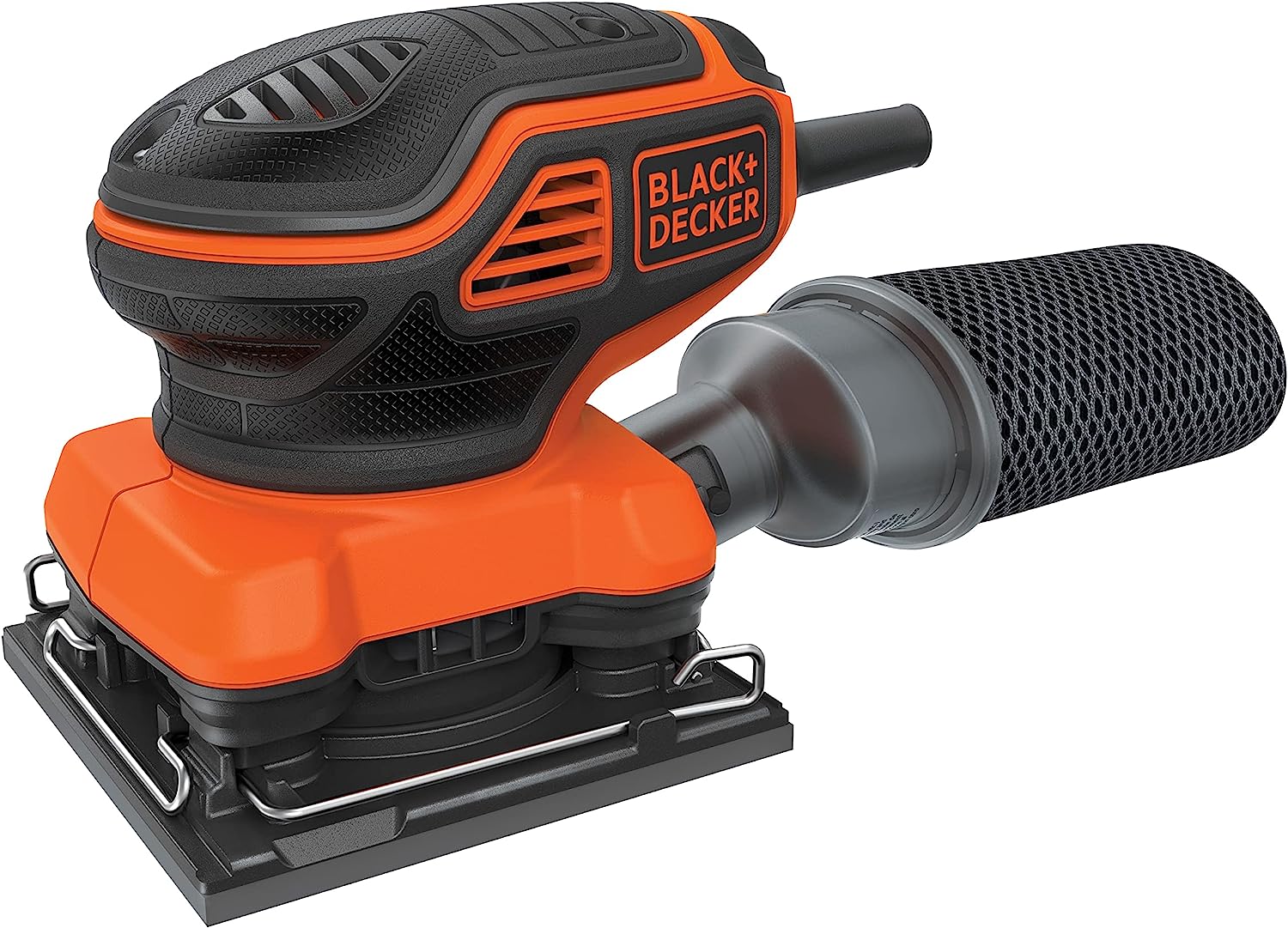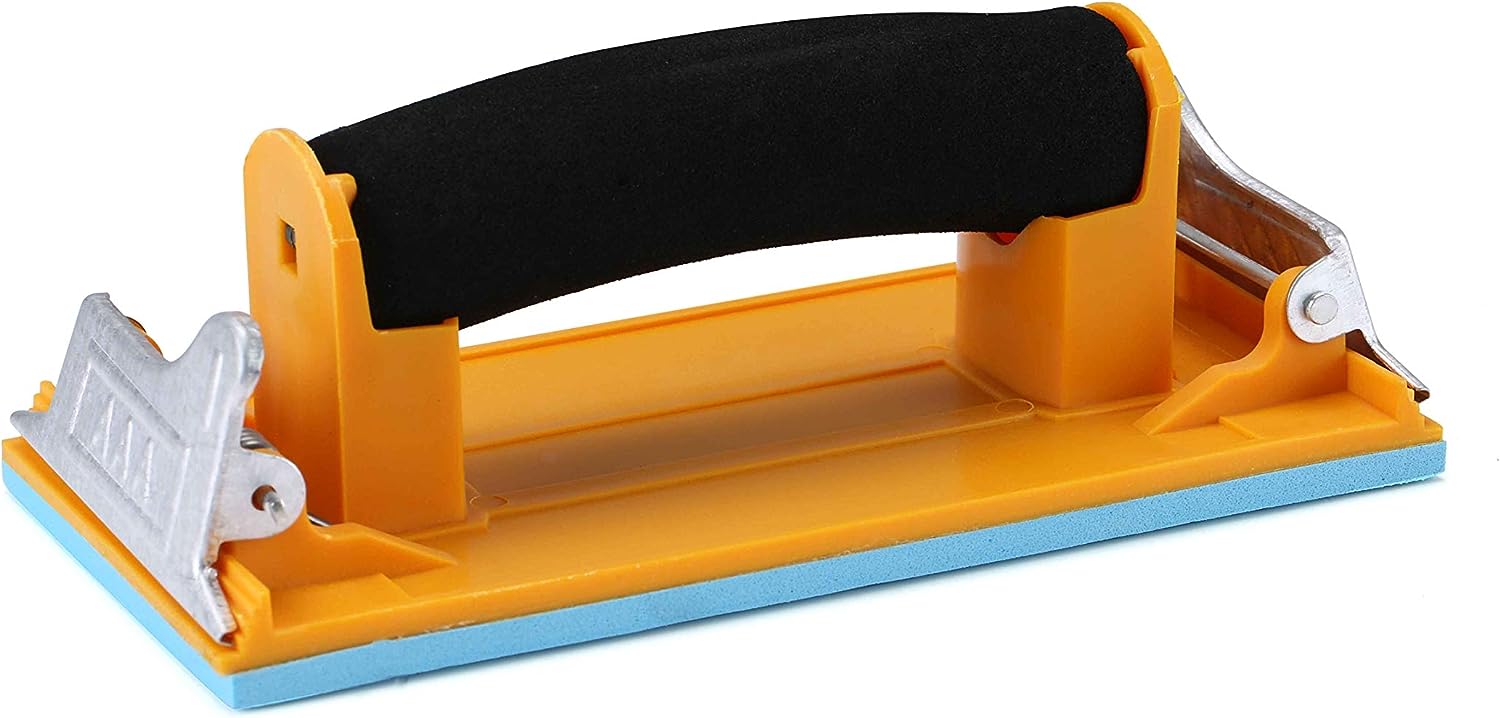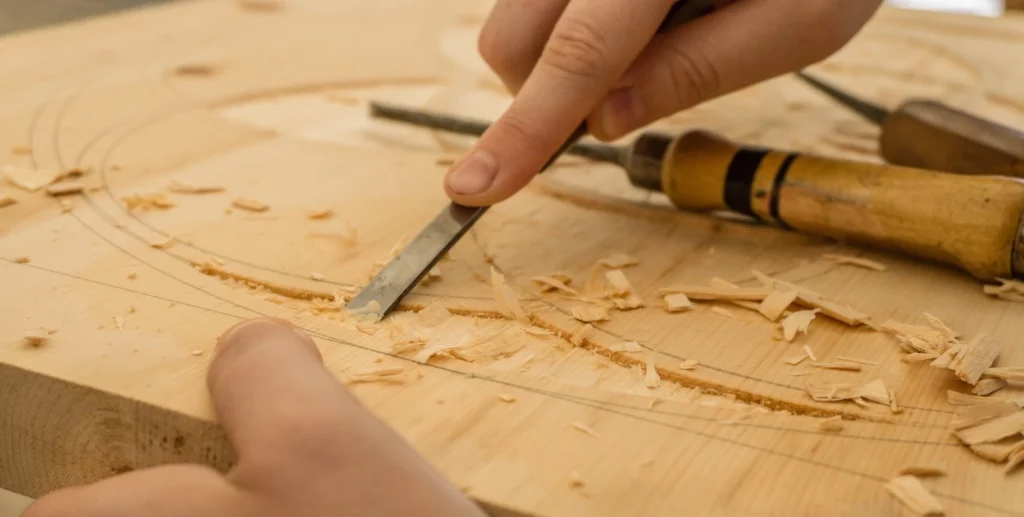When it comes to plaster finishing, the choice of sandpaper plays a crucial role in achieving a smooth and flawless surface. Whether you are working on a DIY project or a professional plastering job, understanding the different types of sandpaper and their specific uses can make a significant difference in the final result. In this article, we will explore the various types of sandpaper available, their grit sizes, and how they impact the plaster finishing process.
The Best Sandpaper for Plaster

Emery Cloth Roll, 5 Grits Abrasive Sandpaper Rolls

BLACK+DECKER 2.0 Amp Electric 1/4 Sheet Orbit Sander

Aouker HS85180 Hand Sander
The Importance of Sandpaper in Plaster Finishing
Sandpaper is an abrasive material that consists of a paper or cloth backing coated with abrasive particles. It is used to smooth surfaces by removing small amounts of material through abrasion. In the context of plaster finishing, sandpaper is essential for achieving a level and polished surface. It helps to remove imperfections, such as bumps, ridges, and unevenness, resulting from the plastering process.
Choosing the right sandpaper for plaster finishing is crucial because using the wrong type or grit size can lead to unsatisfactory results. The right sandpaper will ensure that the plaster surface is smooth, even, and ready for painting or any other finishing treatment.
Types of Sandpaper for Plaster Finishing
There are several types of sandpaper available for plaster finishing, each with its own unique characteristics and applications. Let’s explore some of the most commonly used types:
Abrasive Paper
Abrasive paper, also known as sandpaper, is the most widely used type of sandpaper for plaster finishing. It is available in various grit sizes, ranging from coarse to fine. Abrasive paper is versatile and can be used on a wide range of surfaces, including plaster, wood, metal, and even glass. It is an excellent choice for general plaster sanding tasks.
Sanding Blocks
Sanding blocks are a convenient alternative to traditional sandpaper sheets. They consist of a foam or rubber block with sandpaper attached to one side. Sanding blocks provide a comfortable grip and allow for more precise control over the sanding process. They are particularly useful for sanding small areas or hard-to-reach corners.
Sandpaper Sheets
Sandpaper sheets are large rectangular pieces of sandpaper that can be cut into smaller sizes as needed. They are available in various grit sizes and are suitable for both hand sanding and using with power tools. Sandpaper sheets are versatile and can be used for a wide range of plaster finishing tasks.
Sandpaper Rolls
Sandpaper rolls are long strips of sandpaper wound around a core. They are ideal for sanding large areas or for use with power sanders. Sandpaper rolls offer the advantage of being able to cut custom-sized pieces to fit specific sanding needs. They are available in various grit sizes and are suitable for both dry and wet sanding.
Sandpaper Discs
Sandpaper discs are circular pieces of sandpaper that can be attached to power sanders, such as orbital sanders or disc sanders. They are available in different diameters and grit sizes. Sandpaper discs are efficient for sanding large areas quickly and evenly.
Grit Sizes and Their Impact on Plaster Finishing
The grit size of sandpaper refers to the number of abrasive particles per square inch of the sandpaper. It determines the coarseness or fineness of the sandpaper and plays a significant role in the plaster finishing process. Here are some common grit sizes and their impact:
Coarse Grit Sandpaper
Coarse grit sandpaper, typically ranging from 40 to 80 grit, is used for heavy material removal. It is suitable for rough shaping and leveling of plaster surfaces. Coarse grit sandpaper is effective in removing large imperfections, such as high spots or excess plaster. However, it leaves behind noticeable scratches and should be followed by finer grit sandpaper for a smooth finish.
Medium Grit Sandpaper
Medium grit sandpaper, ranging from 100 to 150 grit, is commonly used for intermediate sanding. It is effective in removing scratches left by coarse grit sandpaper and refining the surface. Medium grit sandpaper prepares the plaster surface for finer grit sanding and helps achieve a smoother finish.
Fine Grit Sandpaper
Fine grit sandpaper, ranging from 180 to 220 grit, is used for final sanding and achieving a smooth, polished surface. It removes any remaining imperfections and prepares the plaster surface for painting or other finishing treatments. Fine grit sandpaper leaves behind minimal scratches and provides a professional-looking finish.
Extra Fine Grit Sandpaper
Extra fine grit sandpaper, ranging from 240 to 400 grit, is used for ultra-smooth finishing. It is ideal for achieving a flawless surface free of any visible scratches or imperfections. Extra fine grit sandpaper is commonly used in professional plastering and painting applications.
Choosing the Right Sandpaper for Plaster Finishing
Choosing the right sandpaper for plaster finishing depends on the specific requirements of the project. Consider the following factors when selecting sandpaper:
- Type of Plaster: Different types of plaster may require different sandpaper grits. For example, a harder plaster may require a coarser grit to remove imperfections, while a softer plaster may require a finer grit for a smoother finish.
- Surface Condition: If the plaster surface has significant imperfections, such as deep scratches or rough patches, starting with a coarse grit sandpaper may be necessary. However, if the surface is relatively smooth, starting with a medium or fine grit sandpaper may be sufficient.
- Personal Preference: Some individuals may prefer a smoother finish and opt for finer grit sandpaper, even if the surface imperfections are minimal. Others may prioritize efficiency and choose a coarser grit to save time.
It is important to note that sanding plaster generates fine dust particles that can be harmful if inhaled. Always wear appropriate personal protective equipment, such as a dust mask and safety goggles, when sanding plaster.
Conclusion
The choice of sandpaper has a significant impact on the quality of plaster finishing. Understanding the different types of sandpaper and their specific uses can help achieve a smooth and flawless surface. Coarse grit sandpaper is effective for heavy material removal, while fine grit sandpaper provides a polished finish. Factors such as the type of plaster and surface condition should be considered when selecting sandpaper. By choosing the right sandpaper and using proper sanding techniques, you can achieve professional-looking plaster finishes that are ready for painting or any other finishing treatment.



















